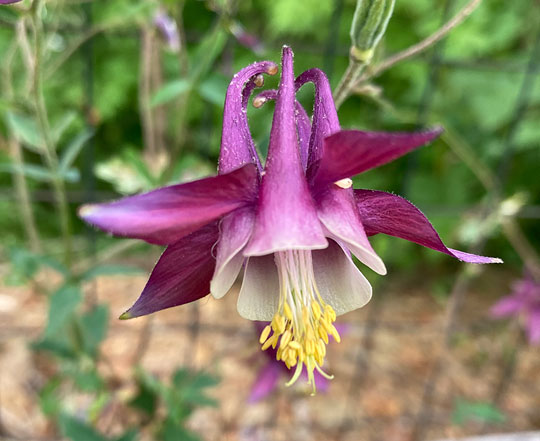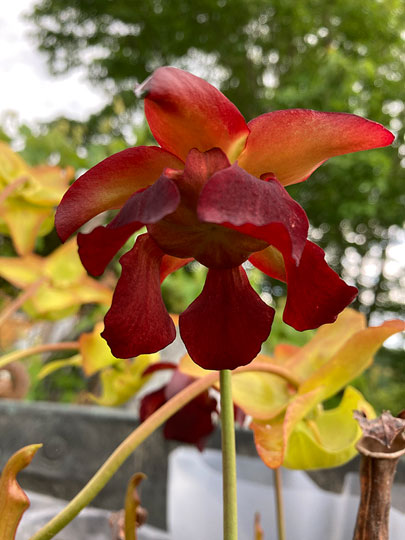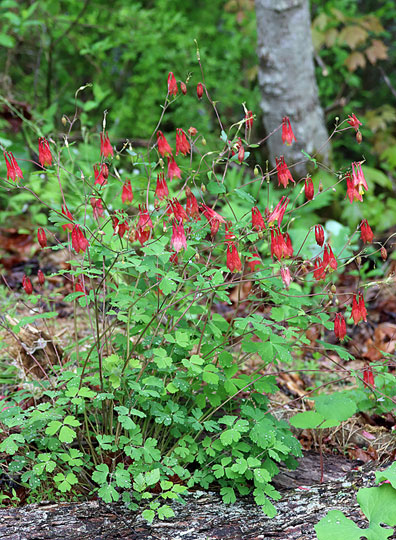It all started with a Christmas gift in 2007. We installed two "gnomes" on trees, and by 2021, they had weathered into old familiar friends. When I dug out old photos, I was surprised to see how much they had changed.
 |
| December 2007 on the left - May 2021 on the right. It doesn't look like the red maple it's installed on has grown, but we know it has because the screws holding the pieces to the tree have to be backed out about 1/4" every year. |
 |
| Again, December 2007 on the left and May 2021 on the right. The mossy extras have fallen away, and the tulip poplar died about 4 years ago. The vine is Virginia creeper. |
We liked these tree faces, but hadn't come across any more. When I was on Etsy last week, I decided that Etsy might be a good place to search for such things and found "
Tree Peeple". (You can also find their website at
treepeeple.com or
genuinetreepeeple.com.) I ordered four of their tree folk and installed them over the past week. It takes time to select the right tree!
 |
| First up was "ShadeMaster", aka John Lennon, in our shade garden. The chestnut oak is a bit small, but it's less than 20 years old. As the tree grows, the face should fit better! |
 |
| Next up was "Mr & Mrs Who". We thought they would make a nice addition to our "owl tree" - so named because a logging scar looks remarkably like a large owl carved into the tree (left photo). But from even a short distance, the owls just looked like dark brown spots on the tree. So we moved them to our property entrance (right photo). When we finish our deck addition and remove the building permit, we may move them closer together. |
 |
| Next up is "Old Man Winter" - I think of him more as a "whistler" (but Tree Peeple has a different whistler). He found a home on a nice oak near our property entrance. |
 |
| Finally, we found a suitable perch for "Sylvan" on a tulip poplar - it's much easier to drill a hole in poplar than in oak! I think of him as the "tree king". After looking at the King, I think I'm going to have to move the pieces closer together. |
The only issue I see now is having to back out screws on five faces rather than just one. (Dead trees don't grow.)





















































